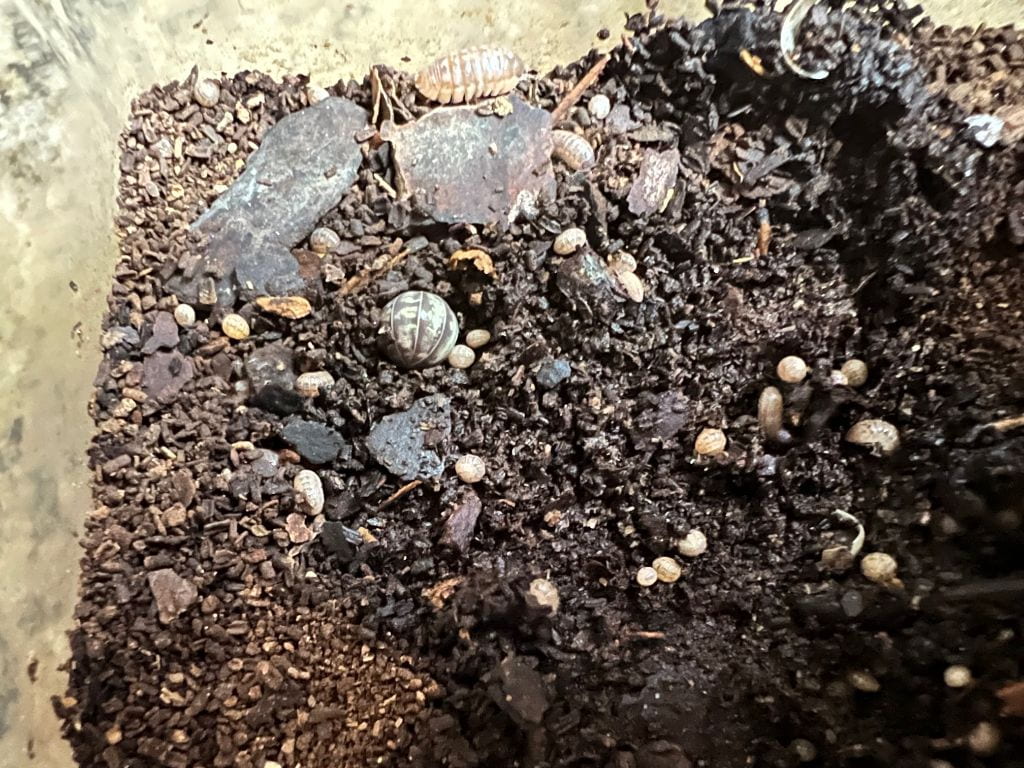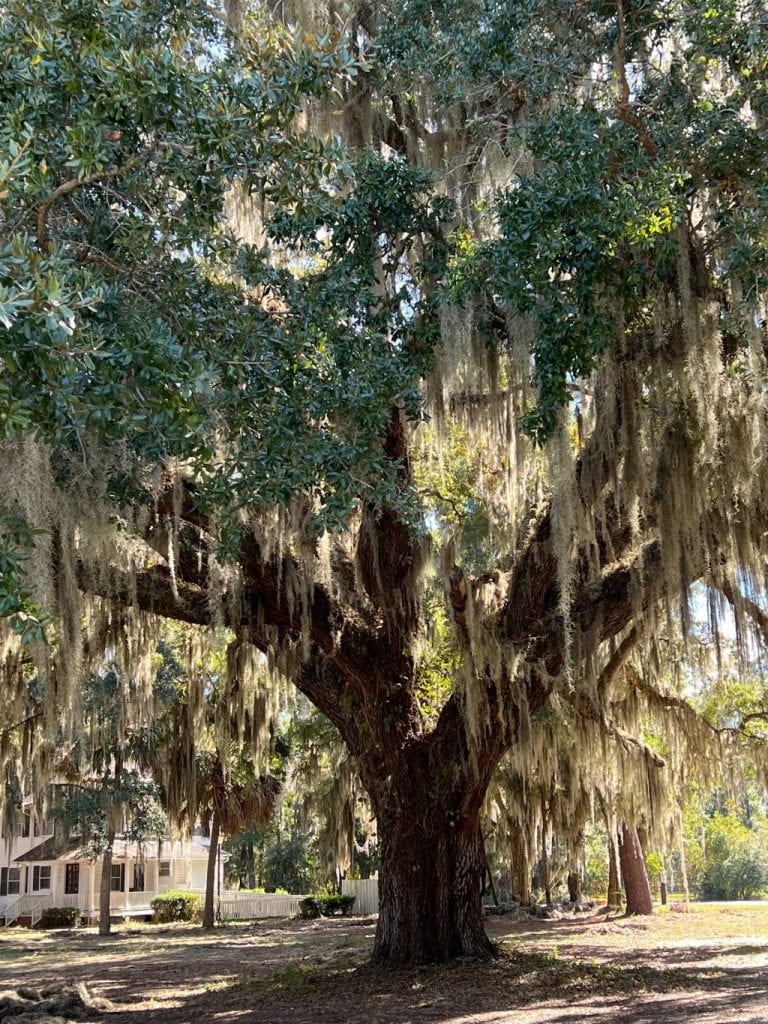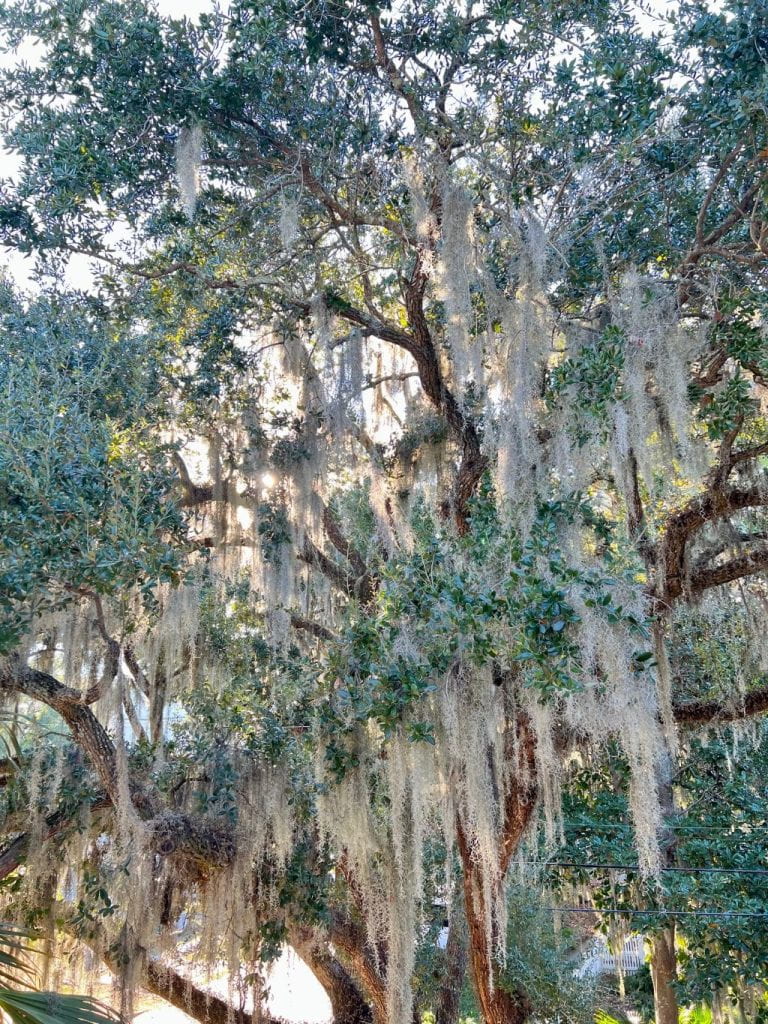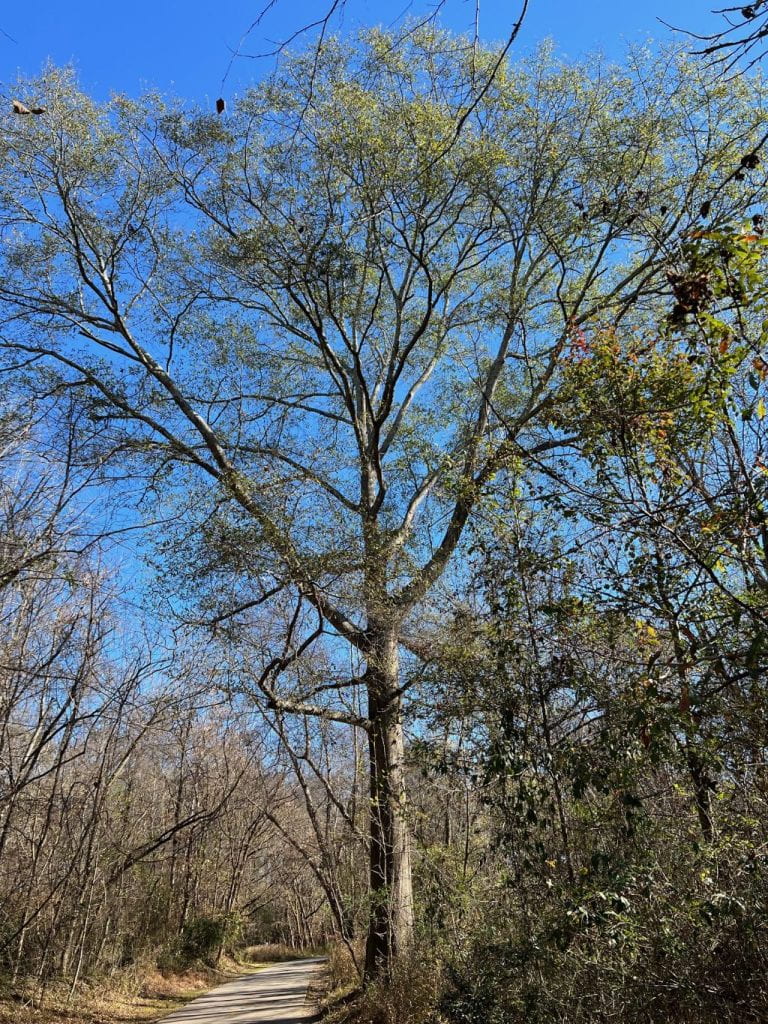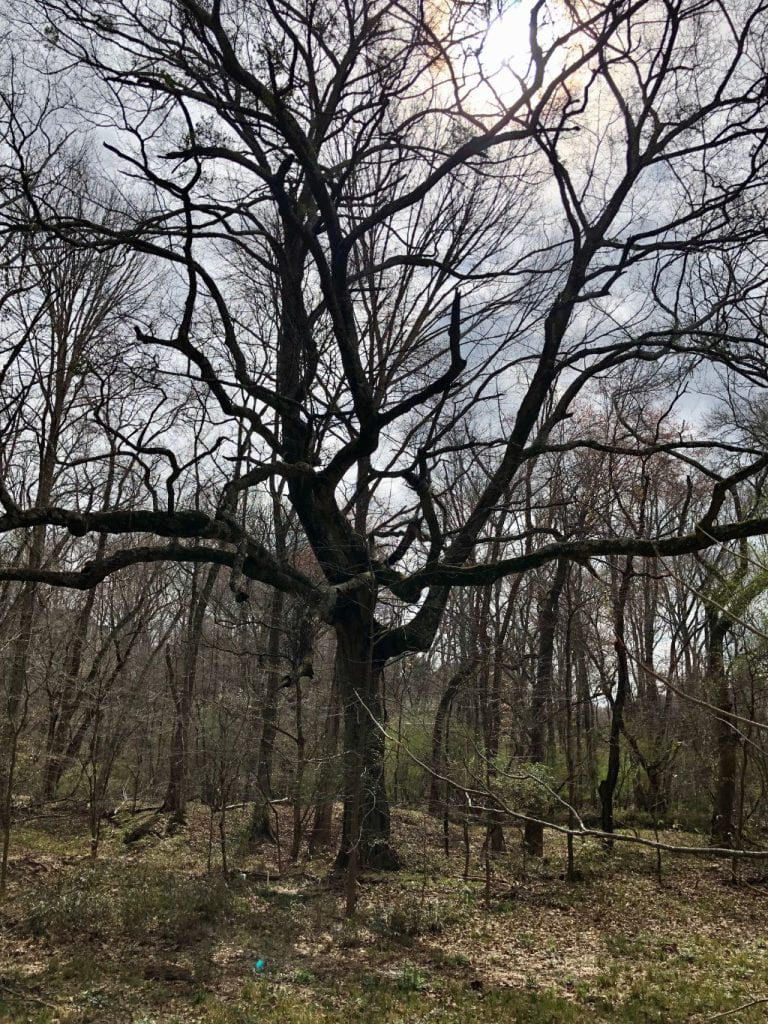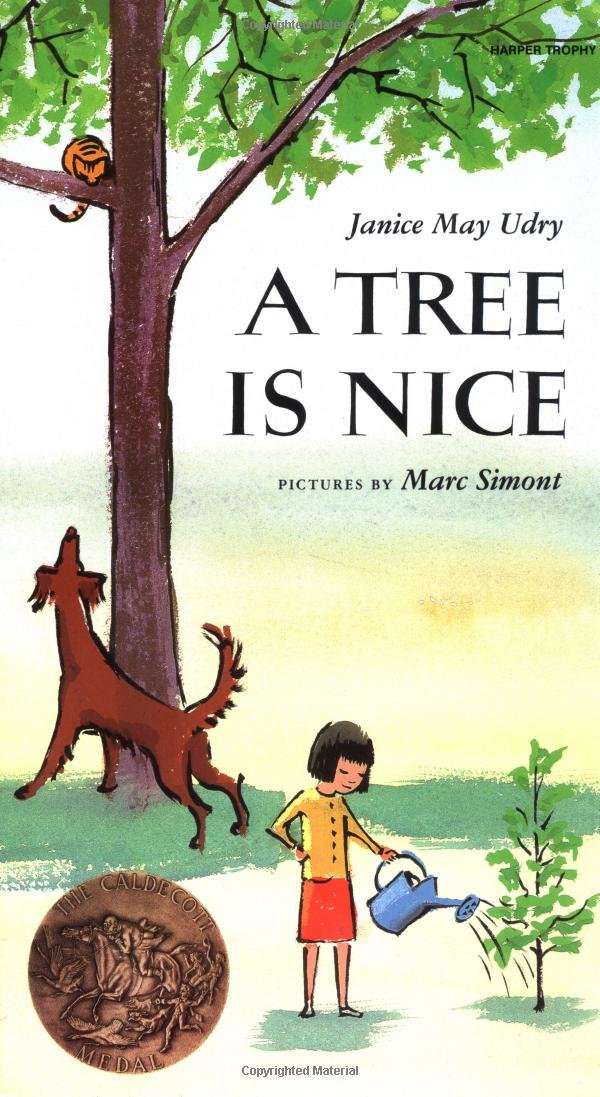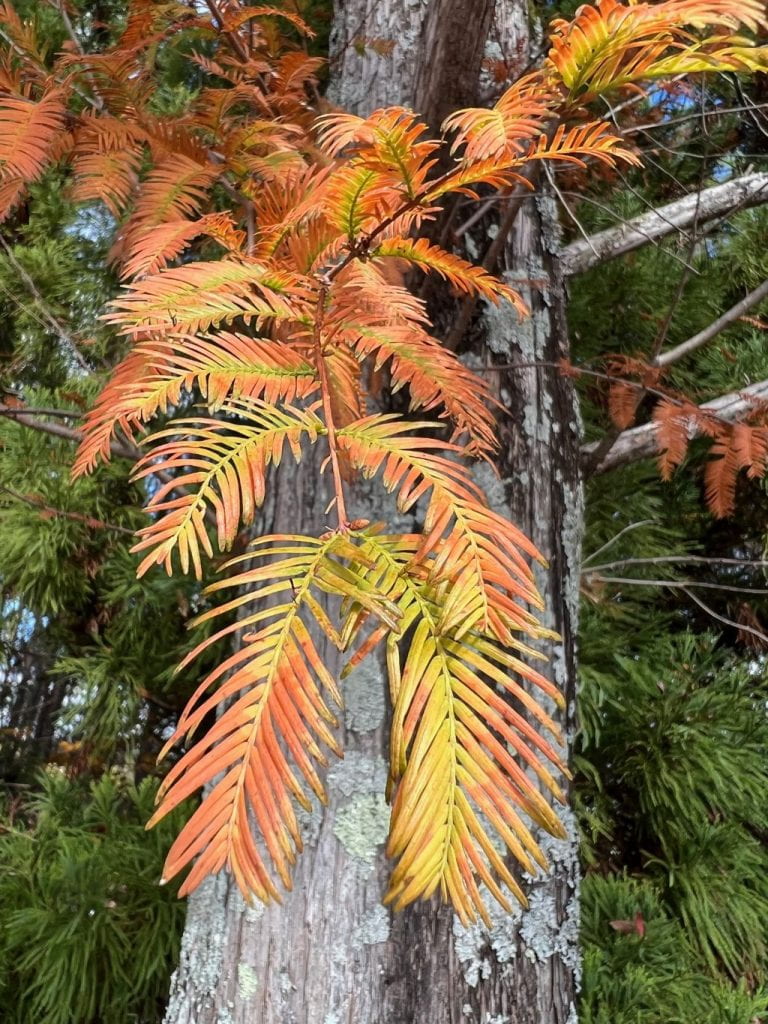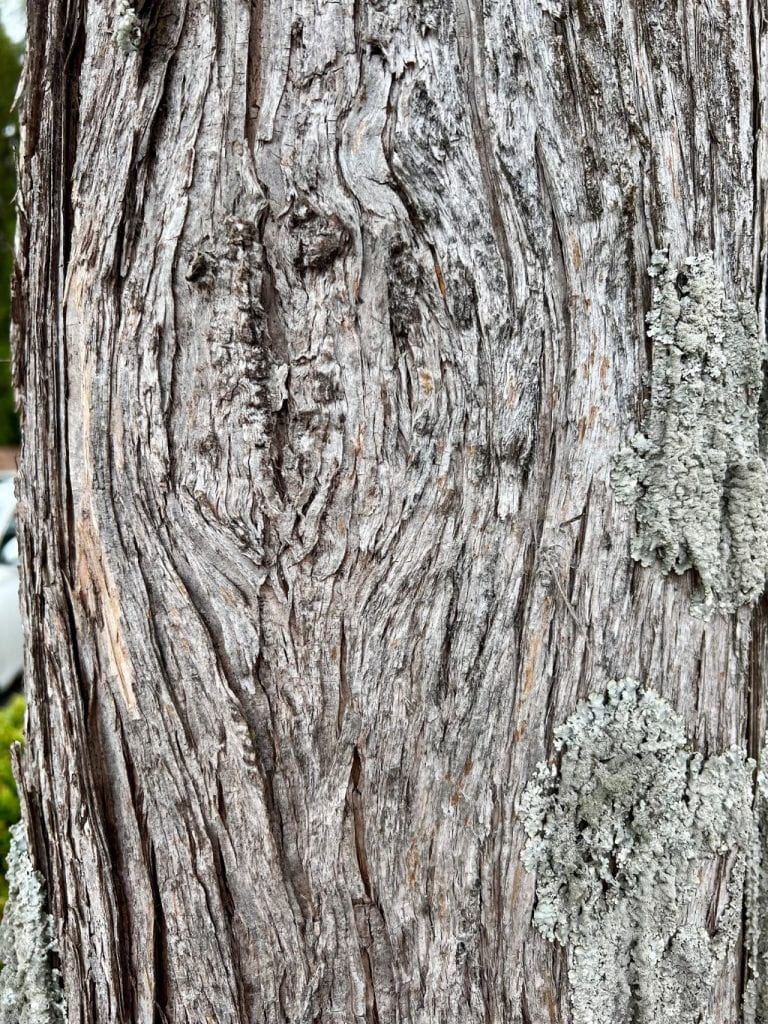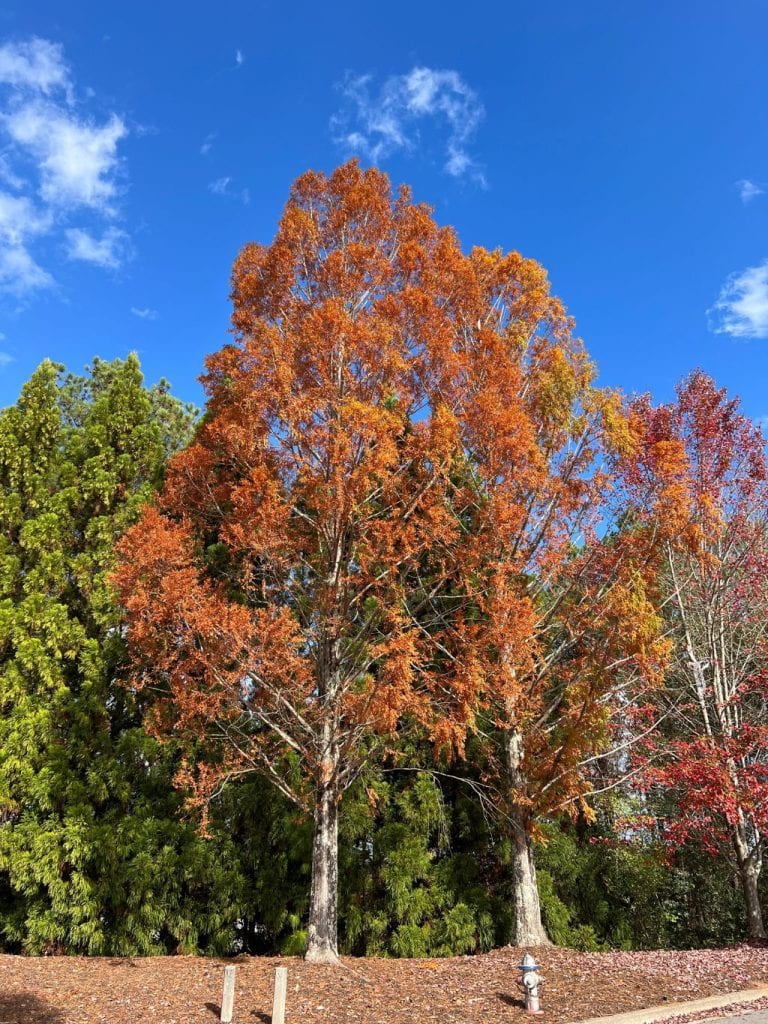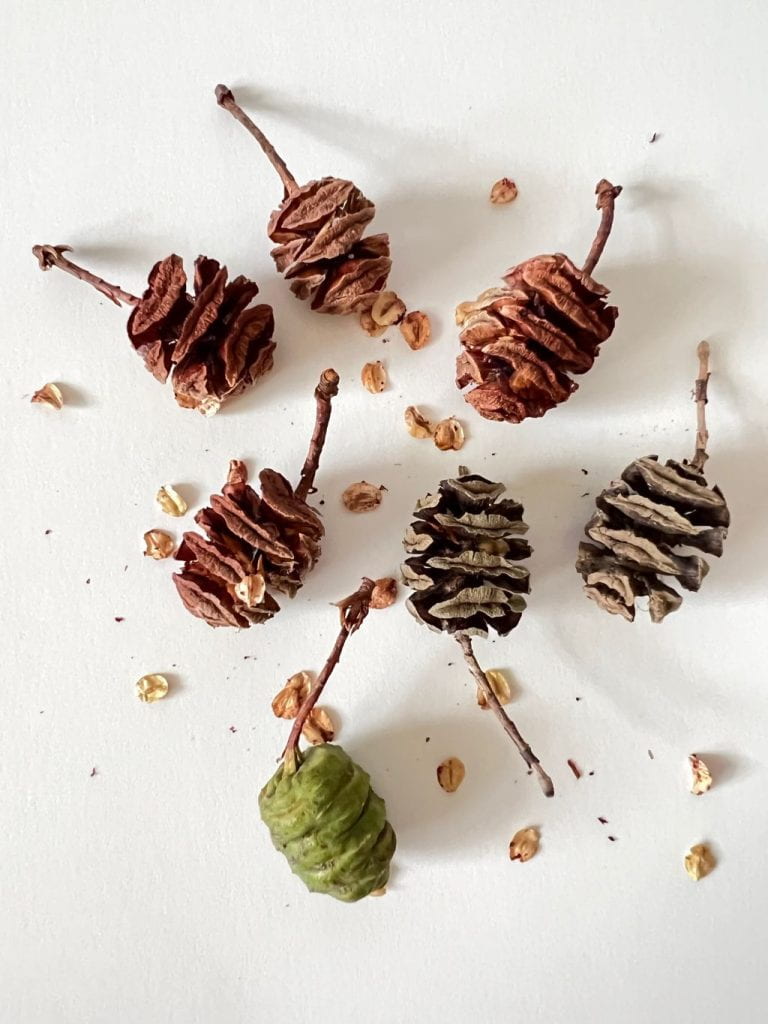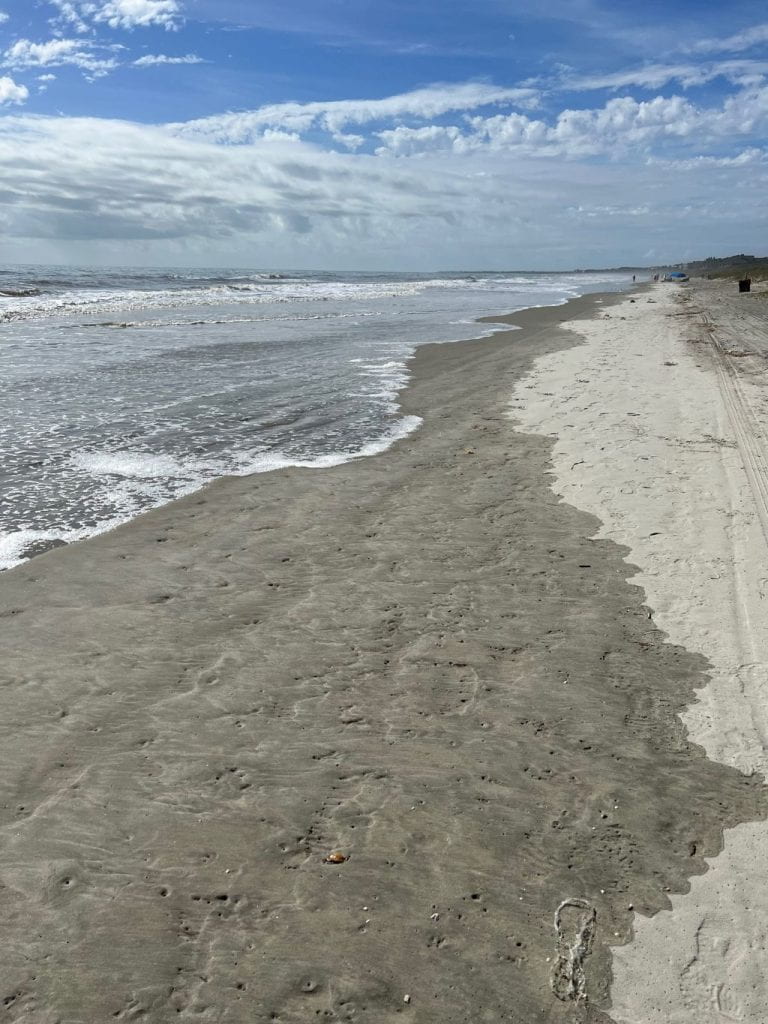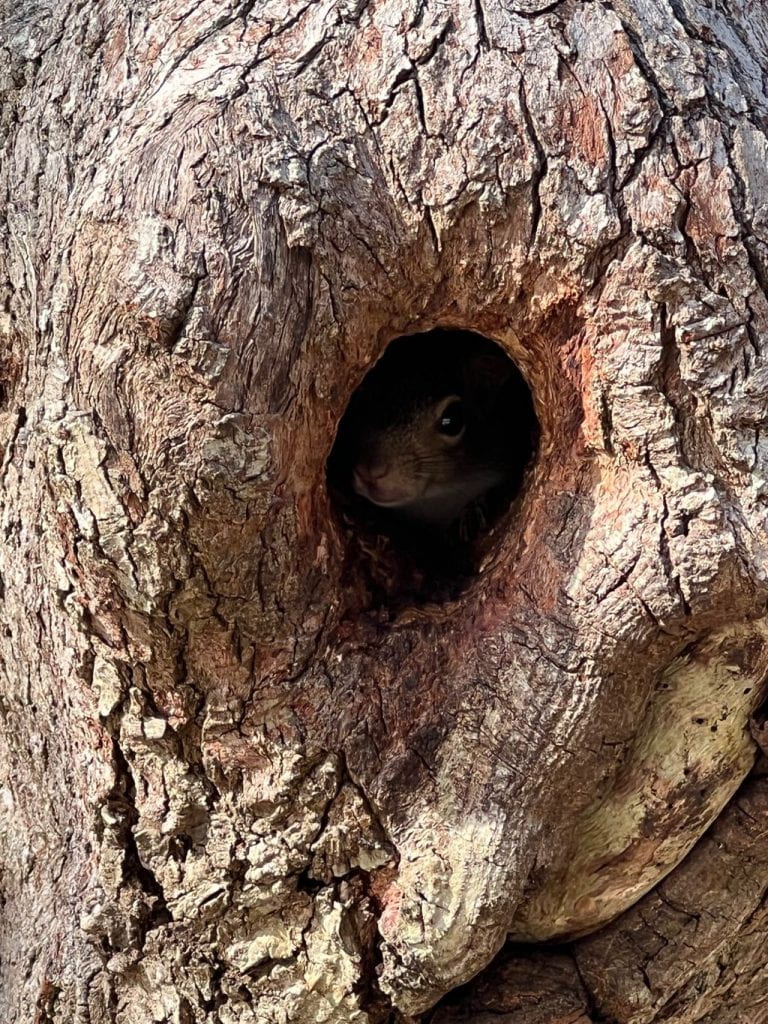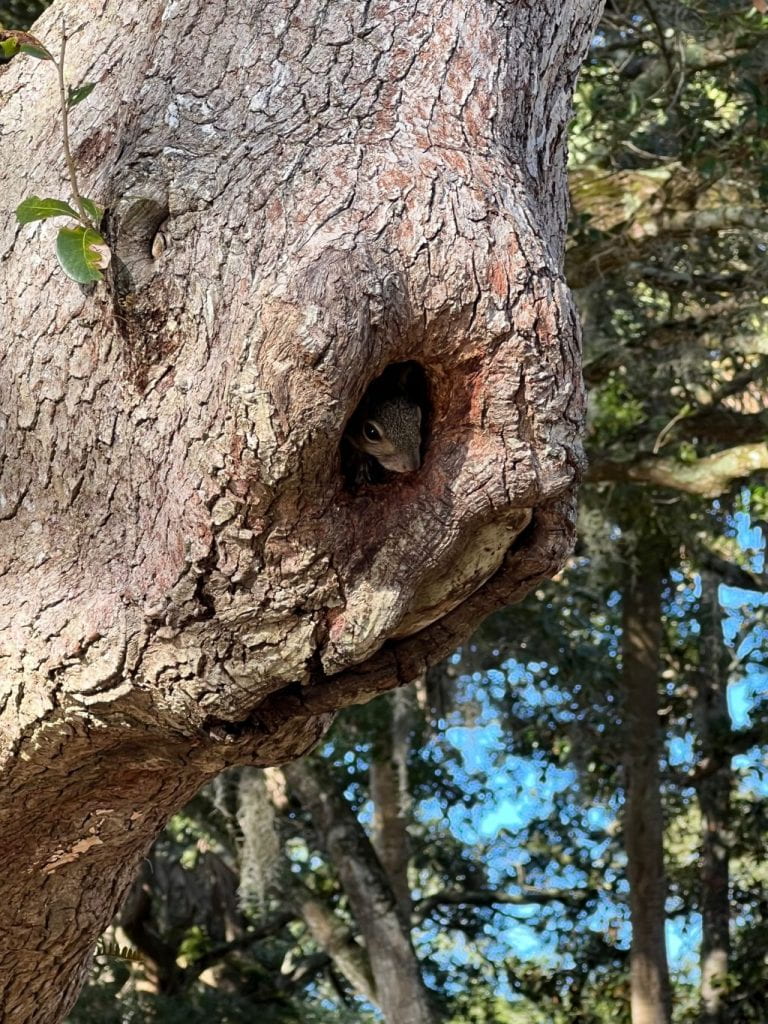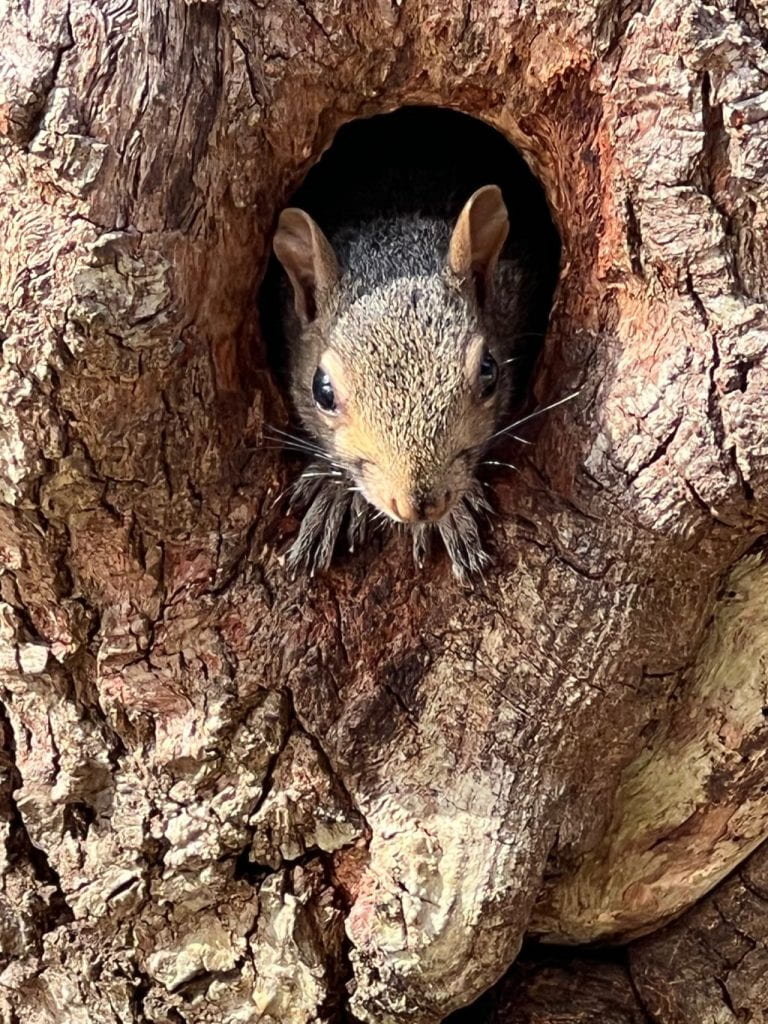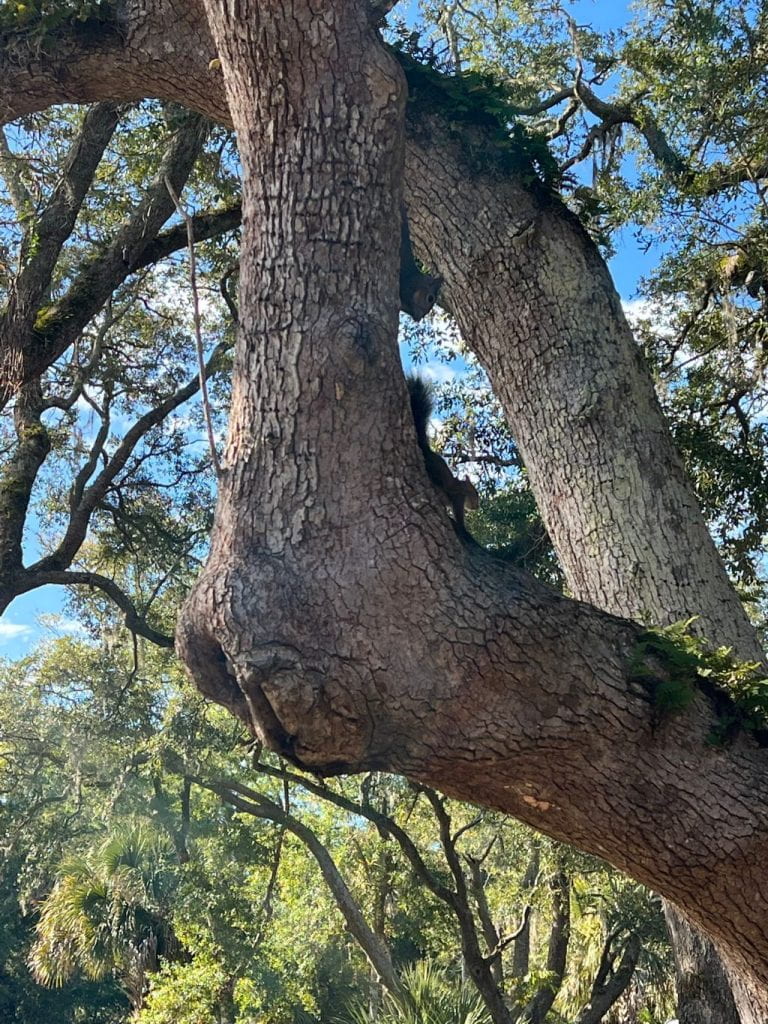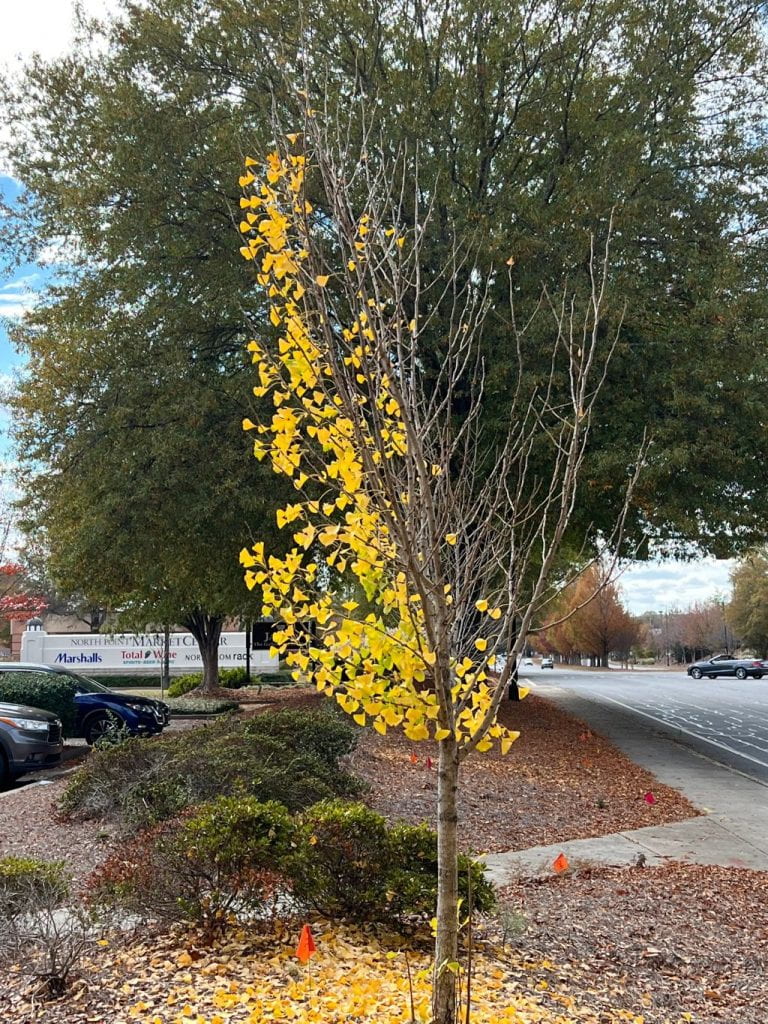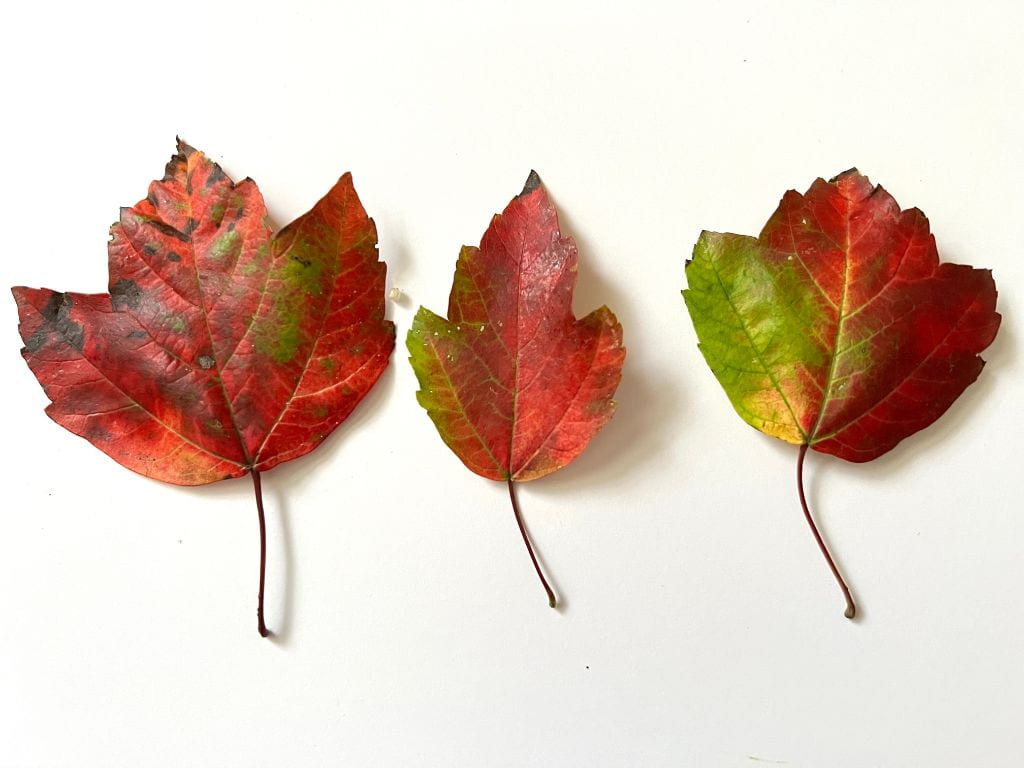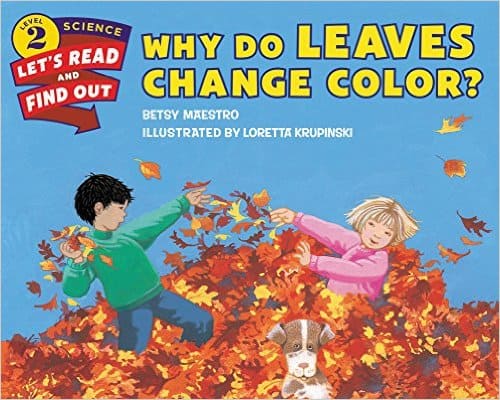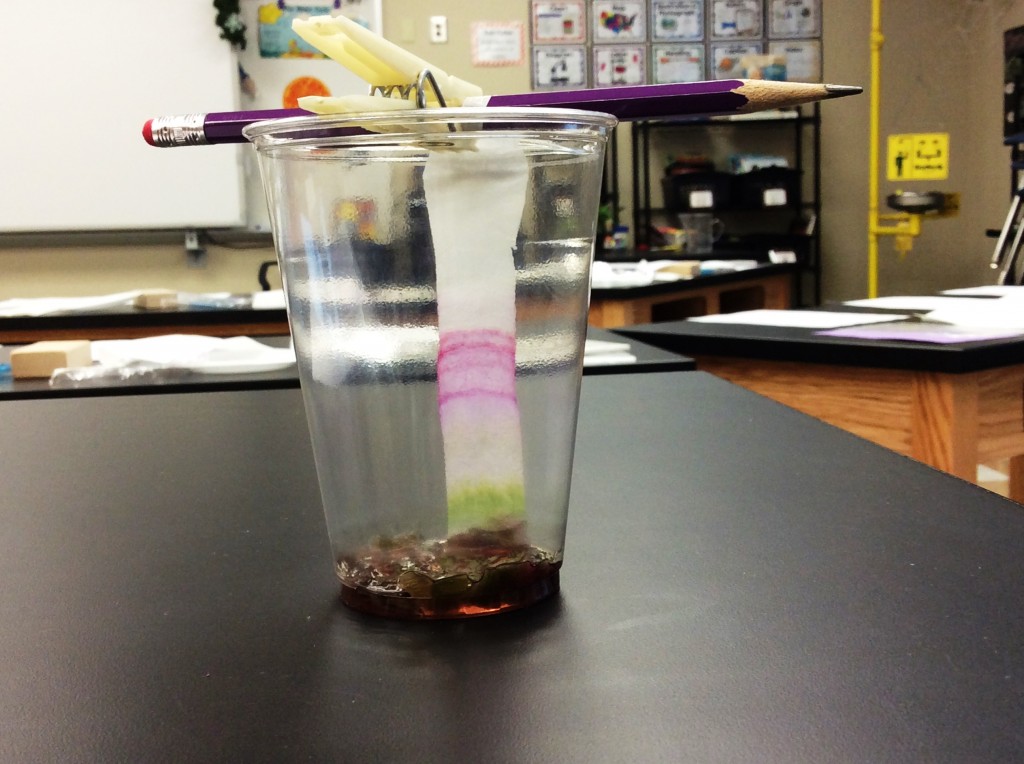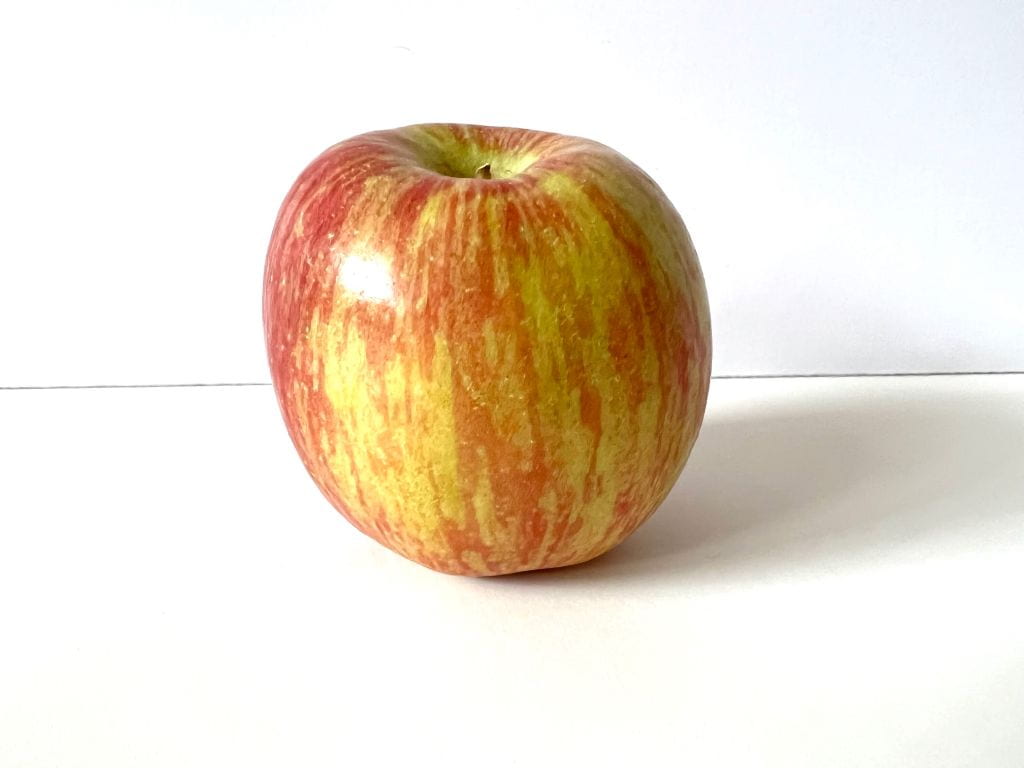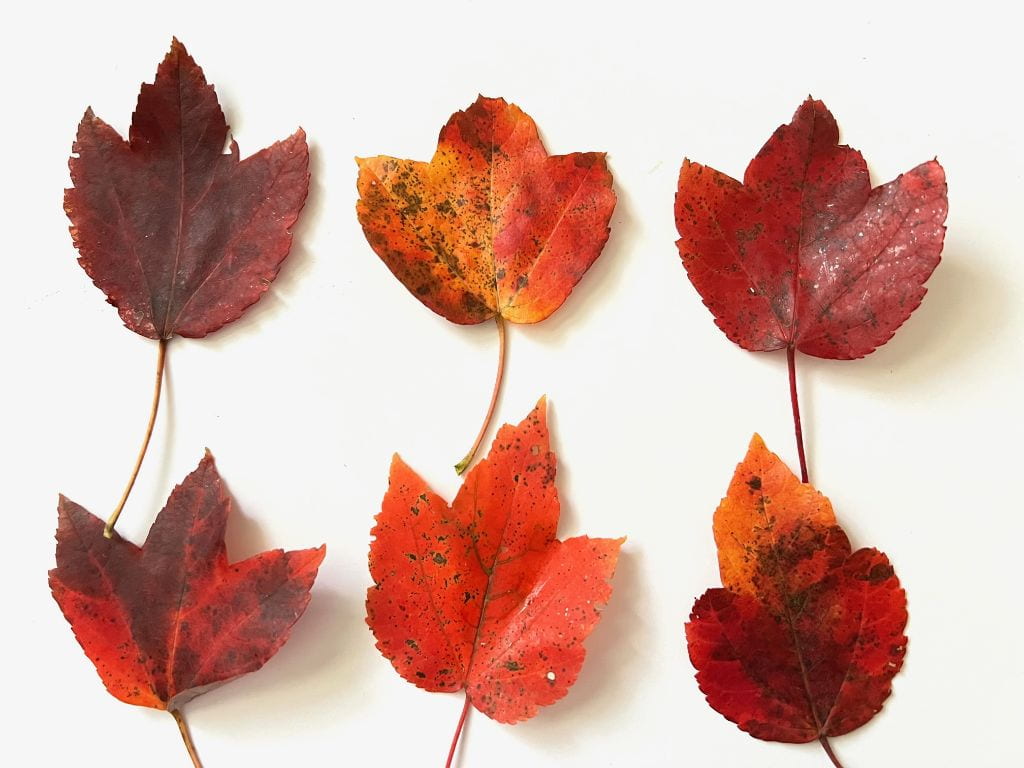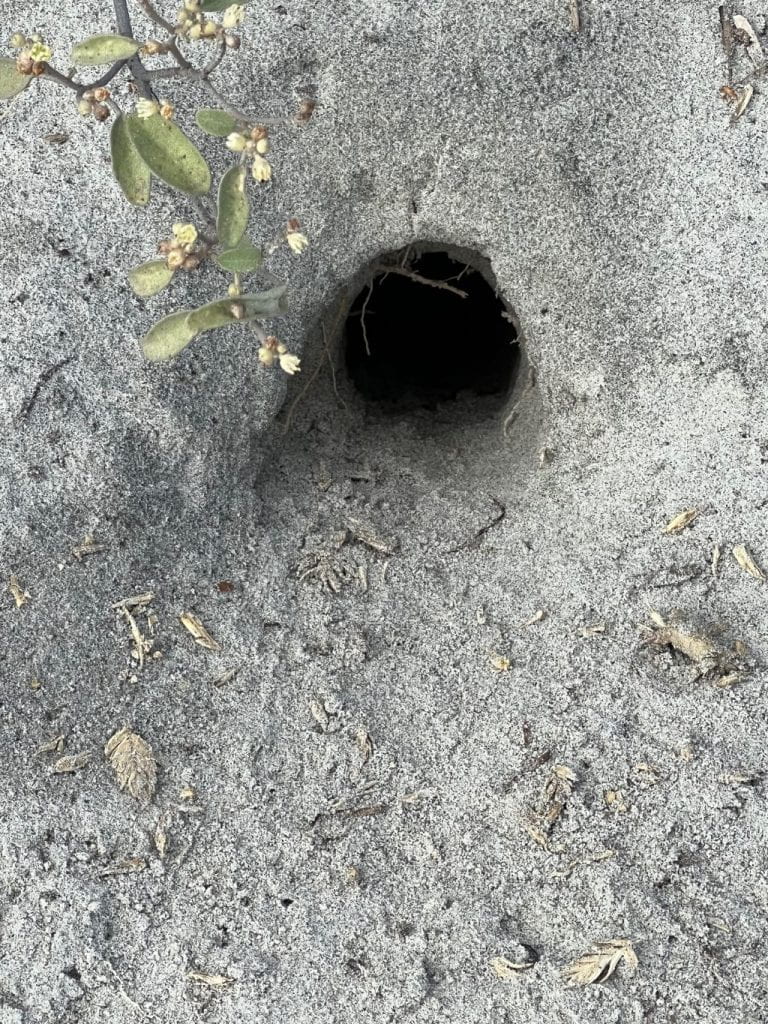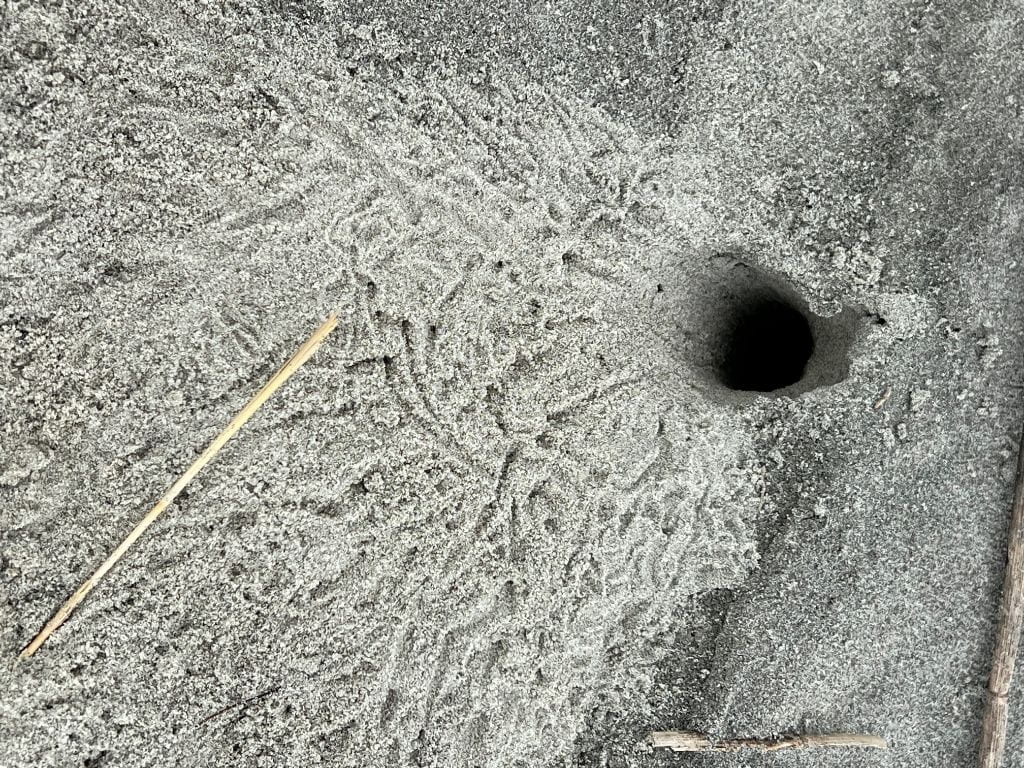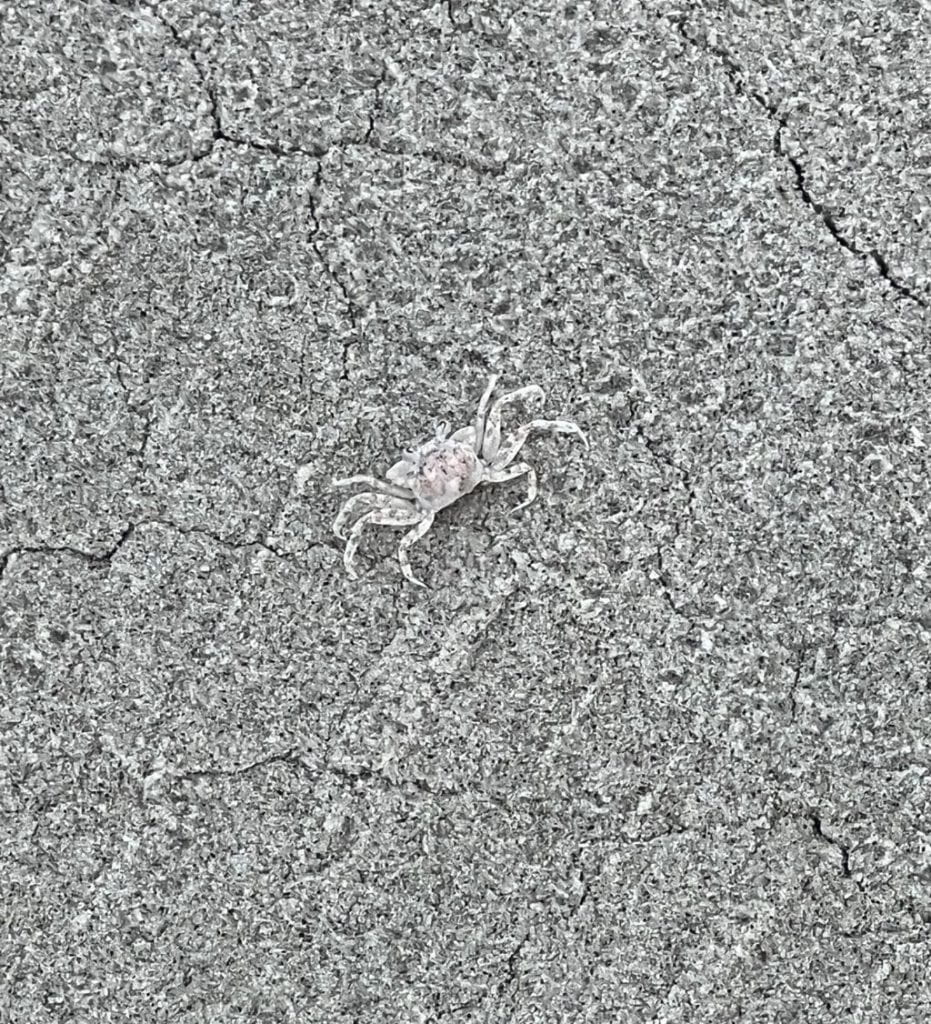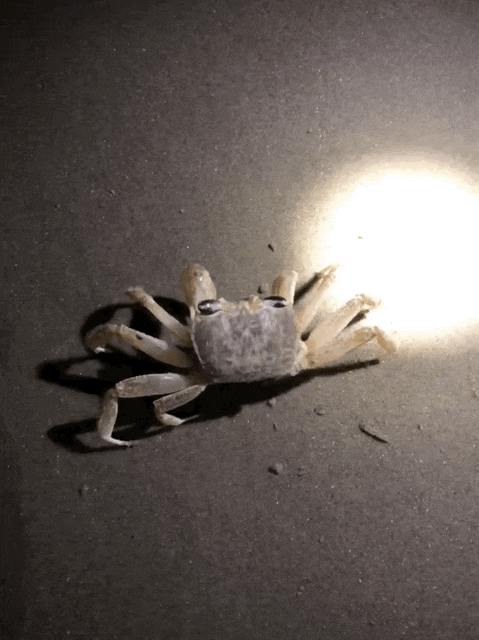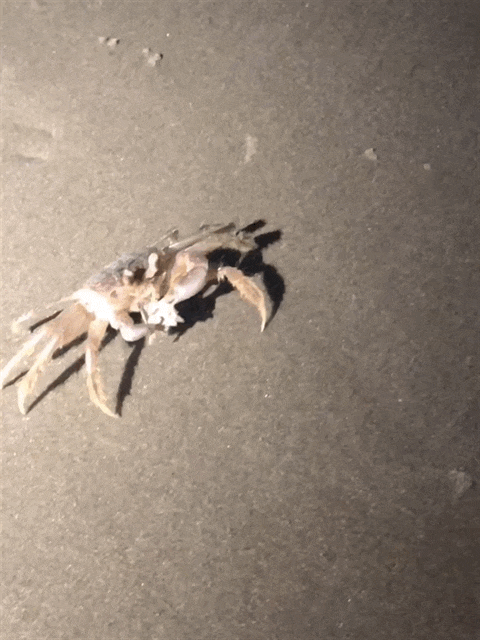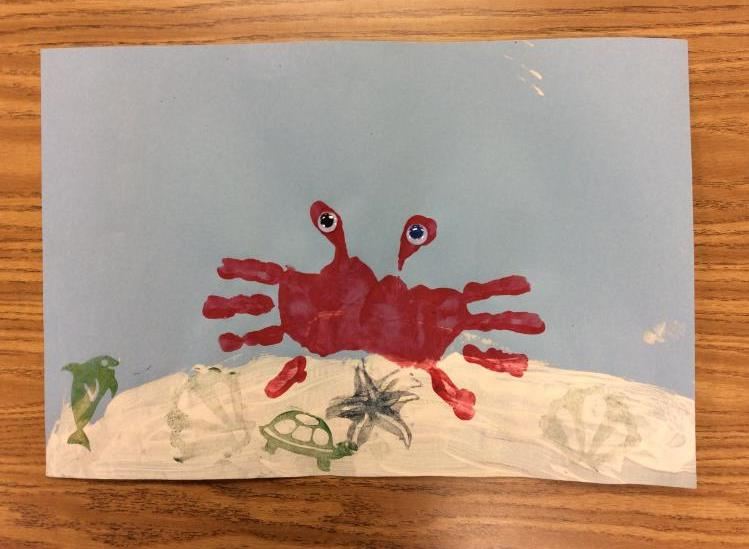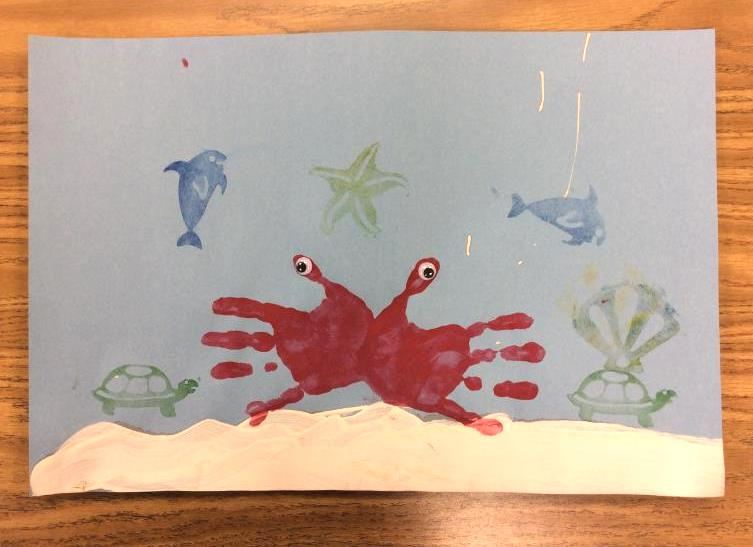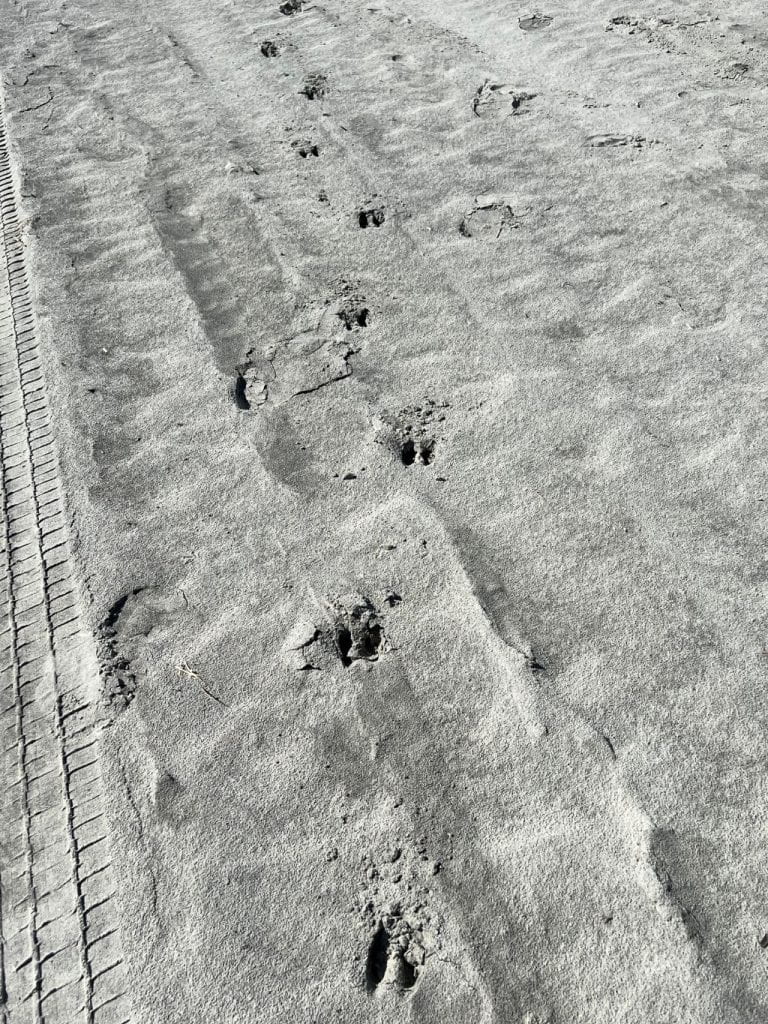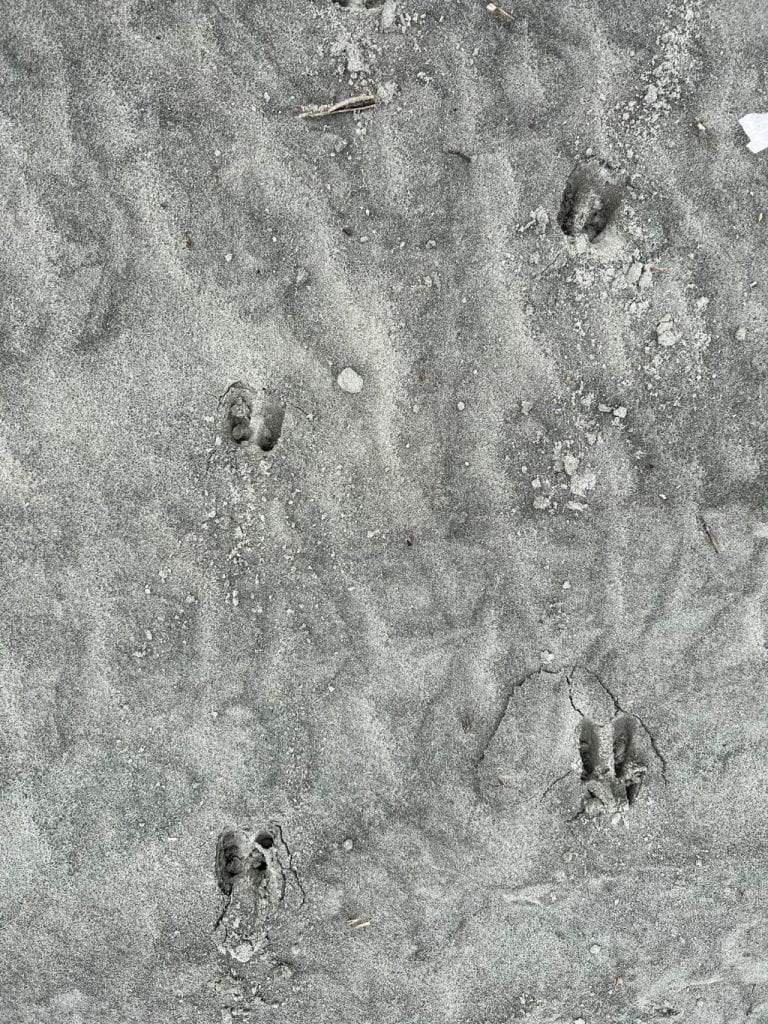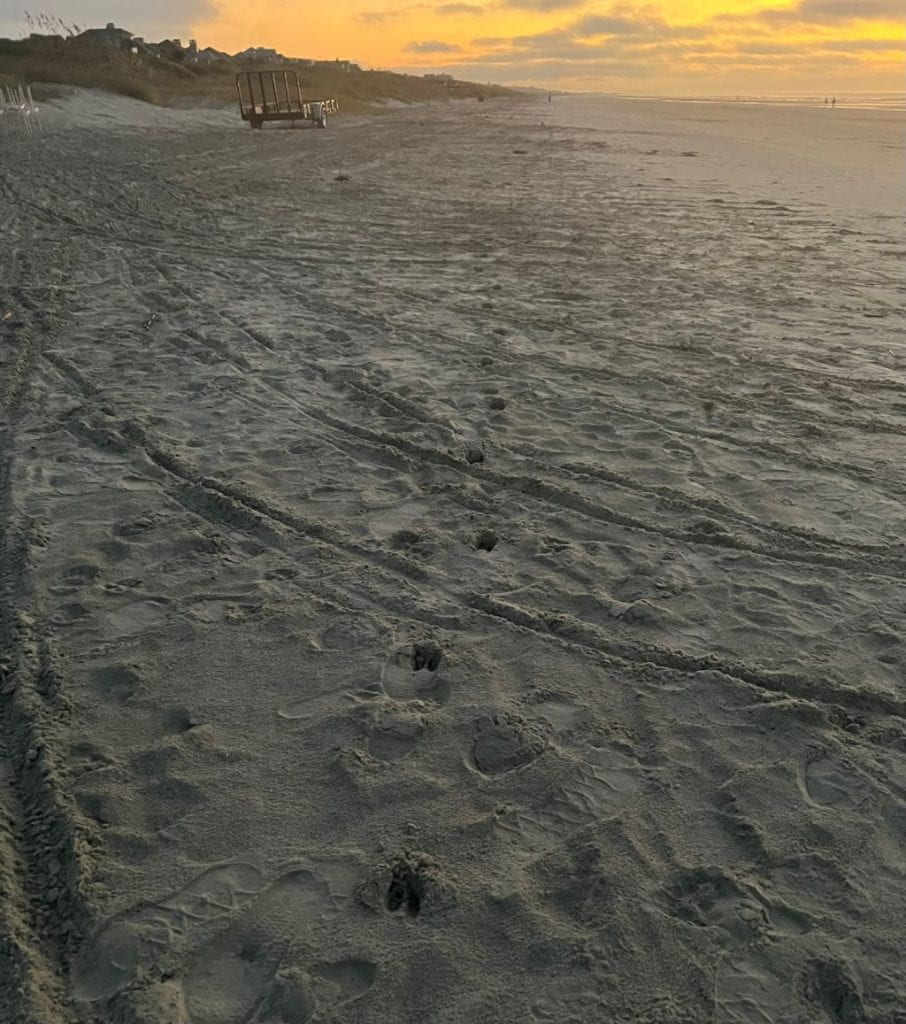Isopods
When I taught about invertebrates, observing roly polies, (aka pill bugs or potato bugs) was always a favorite lab. They actually aren’t bugs at all! Why? Scientists refer to them as isopods and they are most closely related to shrimp and lobsters (crustaceans). They breathe through gills and require a moist environment. Click here to go to a pill bug lab.
When I retired, I left all the lab animals at school, except for a handful of pill bugs. They have multiplied (through laying eggs) over the last 18 months, and their habitat is full of many generations!
I just added this book to my collection:
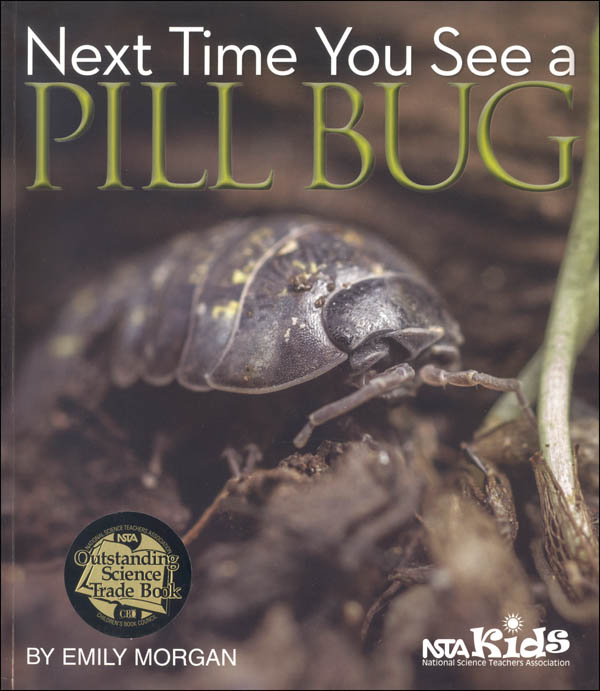
Click here to watch the author read her book full screen.
Examine the following photos closely. Notice the diversity of colors and the different sizes of these decomposers.
Constructing a pill bug habitat for a classroom is simple. I placed decomposing leaves and wood on organic soil. Then I added slices of potatoes and sprinkled Deer Park mineral water as needed to keep the habitat moist. They can’t crawl up the plastic sides, so a top isn’t necessary.
Engineers study nature for solutions to problems. I recommend this book for young entrepreneurs who want to learn about the study of biomimicry. What have engineers learned from pill bugs? Think about their defense mechanism (seven overlapping plates that can slide back and forth) and then read the book to learn more.
Click here to watch the preview of Nature Did It First full screen.




